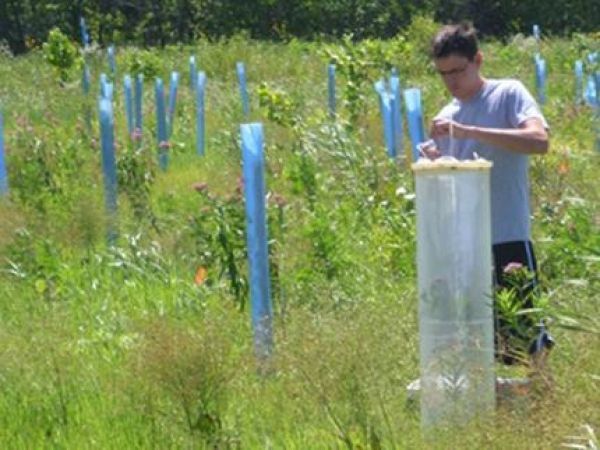Wetlands are an important part of the Earth’s natural water management system. The complex system of plants, soil, and aquatic life serves as a reservoir that captures and cleans water. However, as cities have expanded, many wetlands were drained for construction. In addition, many areas of land in the Midwest were drained to increase uses for agriculture to feed a growing world.
Draining wetlands disconnected the natural flow and retention of water, a system that had worked well for millennia. One solution to wetland draining was to rebuild these wetlands in another area (more convenient to humans). These are referred to as “constructed wetlands.” In other cases, constructed wetlands are built to rebuild an area no longer used for agriculture.
How these constructed wetlands are built and managed can make a big environmental impact. Karla Jarecke and researchers from several universities have been studying wetlands’ impact on the greenhouse gas methane.
“Globally, wetlands are the largest natural source of methane to the atmosphere,” says Jarecke. “Methane has a much bigger impact than carbon dioxide on global warming – an impact 25 times greater.”
Read more at American Society of Agronomy
Image: Undergraduate student Cain Silvey checking methane concentration in a field mesocosm with swamp milkweed in Dayton, Ohio that was part of the constructed wetland research area. The blue plastic tubes protect tree seedlings that are part of a different restoration project. (Credit: Karla Jarecke)


